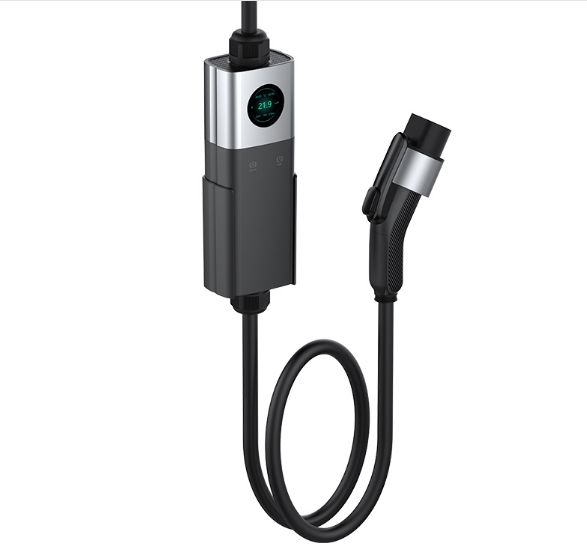With the increasing adoption of electric vehicles (EVs), understanding how electric car battery charger work is essential for EV owners and enthusiasts. These chargers are responsible for replenishing the energy stored in an EV’s battery, ensuring the vehicle is ready for use. Let’s explore the working principles, types, and key factors involved in EV charging.

Understanding Electric Car Battery Charging
Electric car battery chargers convert electrical energy from a power source into a form that the EV battery can store and use. The charging process involves:
- Power Conversion: The charger takes alternating current (AC) from the grid and converts it into direct current (DC) that the EV battery can store.
- Voltage Regulation: Chargers regulate voltage and current to ensure safe and efficient charging.
- Battery Management System (BMS) Communication: The charger communicates with the EV’s BMS to prevent overcharging and optimize battery lifespan.
Types of Electric Car Battery Chargers
There are three main types of EV chargers, categorized by their charging speed and power level:
1. Level 1 Chargers (Slow Charging)
- Uses a standard 120V household outlet.
- Typically provides 2-5 miles of range per hour.
- Best suited for overnight home charging.
2. Level 2 Chargers (Fast Home & Public Charging)
- Requires a 240V power source.
- Delivers 10-60 miles of range per hour.
- Common in homes, workplaces, and public charging stations.
3. DC Fast Chargers (Rapid Charging)
- Uses direct current (DC) to charge the battery directly, bypassing onboard conversion.
- Provides 60-250+ miles of range in 20-60 minutes.
- Found at commercial charging stations along highways.
How the Charging Process Works
- Plugging In: The EV is connected to a charger via a charging cable and plug.
- Power Flow & Conversion: The charger delivers power to the onboard charger (for AC chargers) or directly to the battery (for DC fast chargers).
- Battery Management & Monitoring: The BMS ensures safe charging by regulating temperature, voltage, and current.
- Charging Completion: Once the battery reaches full capacity, charging stops automatically to prevent overcharging.
Factors Affecting Charging Speed
- Battery Size: Larger batteries take longer to charge.
- Charger Type: DC fast chargers charge significantly faster than Level 1 or 2 chargers.
- State of Charge (SOC): Charging is faster when the battery is low and slows down as it reaches full capacity.
- Environmental Conditions: Extreme temperatures can impact charging efficiency.
Electric car battery chargers play a crucial role in maintaining EV performance and usability. Understanding how they work helps EV owners choose the right charger and optimize their charging routine. Whether at home, work, or on the road, selecting the appropriate charging solution ensures a seamless and efficient driving experience.
